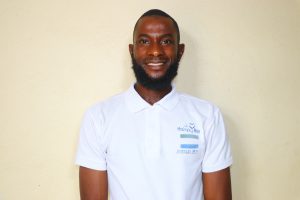The Malap Community of 242 residents has long struggled to meet one of life’s most basic needs—clean, reliable water. The community once celebrated when their local well was converted into a borehole in May 2022.
Initially, the new borehole provided safe, clean water, free from any taste or odor. It was carefully fenced and maintained, offering renewed hope to families who had been fetching water from unsafe, open sources. But with time, challenges began to reemerge. Beneath the surface, rock layers had prevented the well from being drilled deep enough, and as the seasons changed, the water began to fail.
Today, the Malap Community borehole stands quiet for months at a time, dry during the very seasons when it is needed most. This has forced residents back to an unsafe, unprotected well.
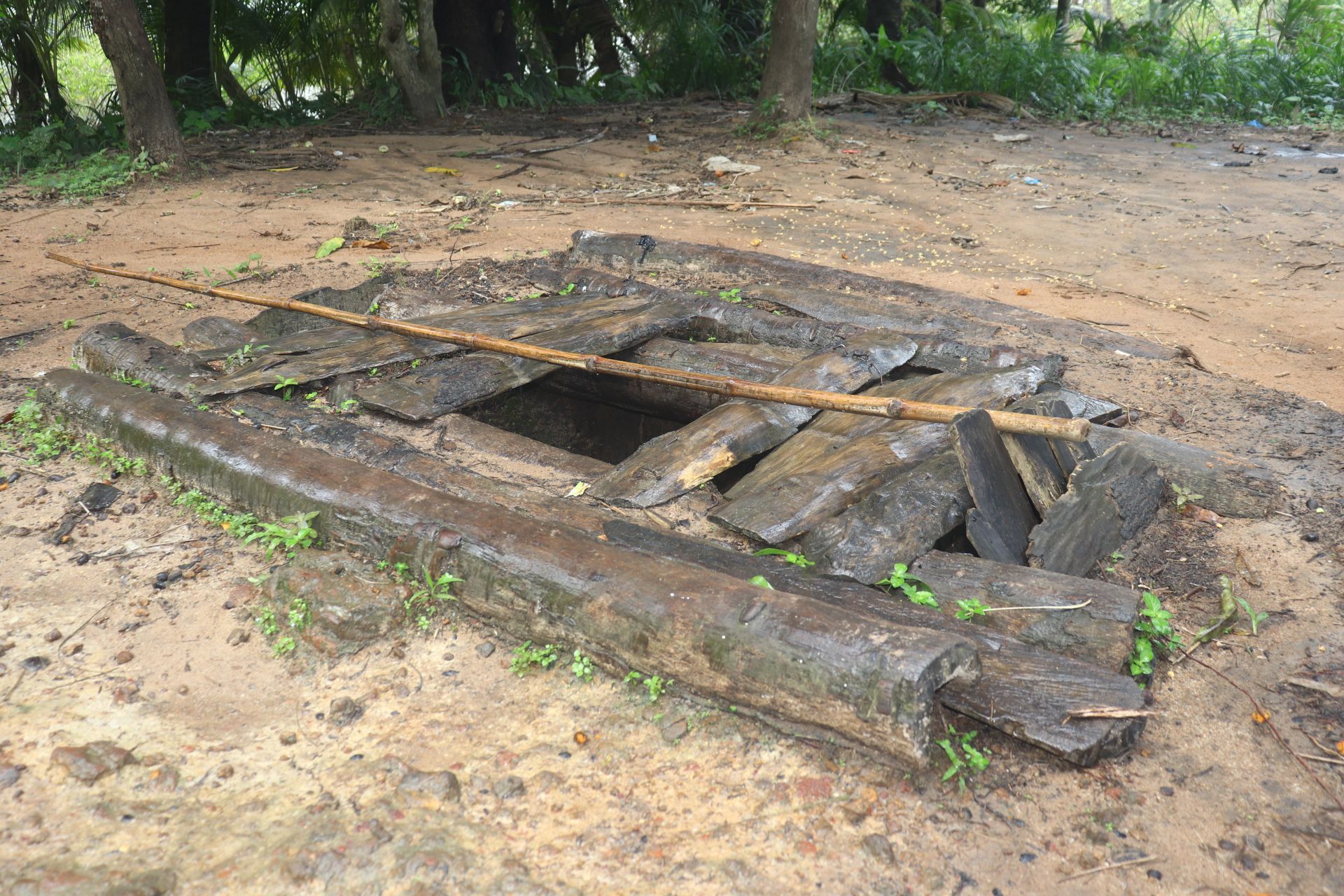
The unprotected well that the community is forced to use.
Field Officer Allie Kamara described the alternative well, "Surrounded by vegetation and used for laundry, quickly fills with debris, leaves, and wastewater during the rains. The water turns milky and foul-smelling, and yet, it remains the community’s only option."
The daily burden of fetching water weighs heavily on the children of Malap, especially for 17-year-old Alhassan. His story mirrors that of countless young people in rural Sierra Leone whose education is interrupted by the need for water.
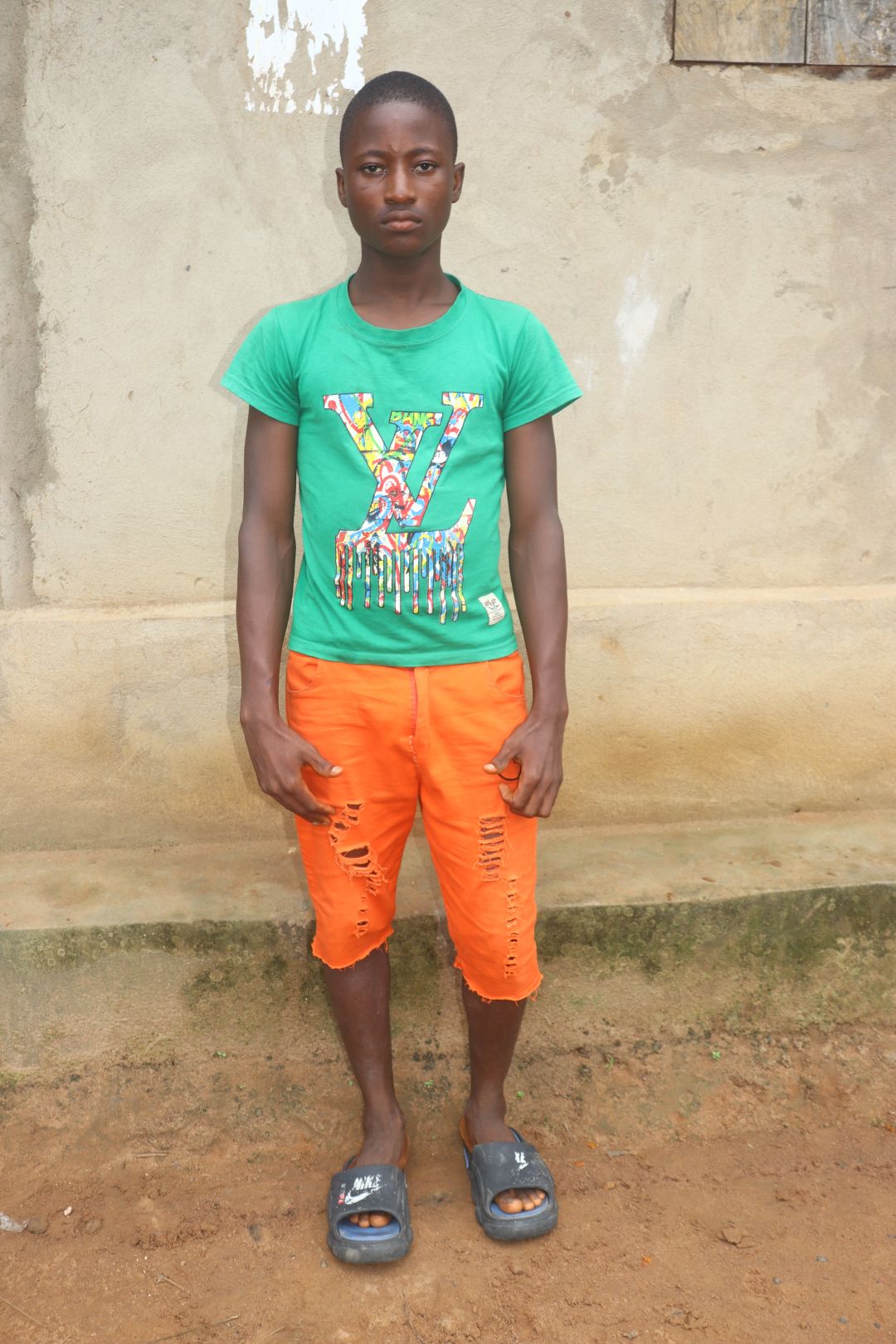
Alhassan.
He explained, “The water well in the community has problems, and it gets dry for months, and this has been happening for the past years,” he said. “This led me to walk long distances to fetch water from the [unprotected] well. [It] takes so long [to] collect water. I must use a stick, then hang the rubber [bucket] into it to fetch water. Also, this takes me [a] long time at the water source before I return home to fill all the jerrycans or rubber buckets.”
Each day, Alhassan spends up to four hours fetching water. The distance, the wait, and the physical labor all add up to lost time—time that should be spent in school.
“I will leave fetching water and go to school. I will not be able to fill all the rubber buckets, but when I return from school, I will continue fetching water. This has been my problem that prevents me from studying because I spend hours fetching water each day," said Alhassan.
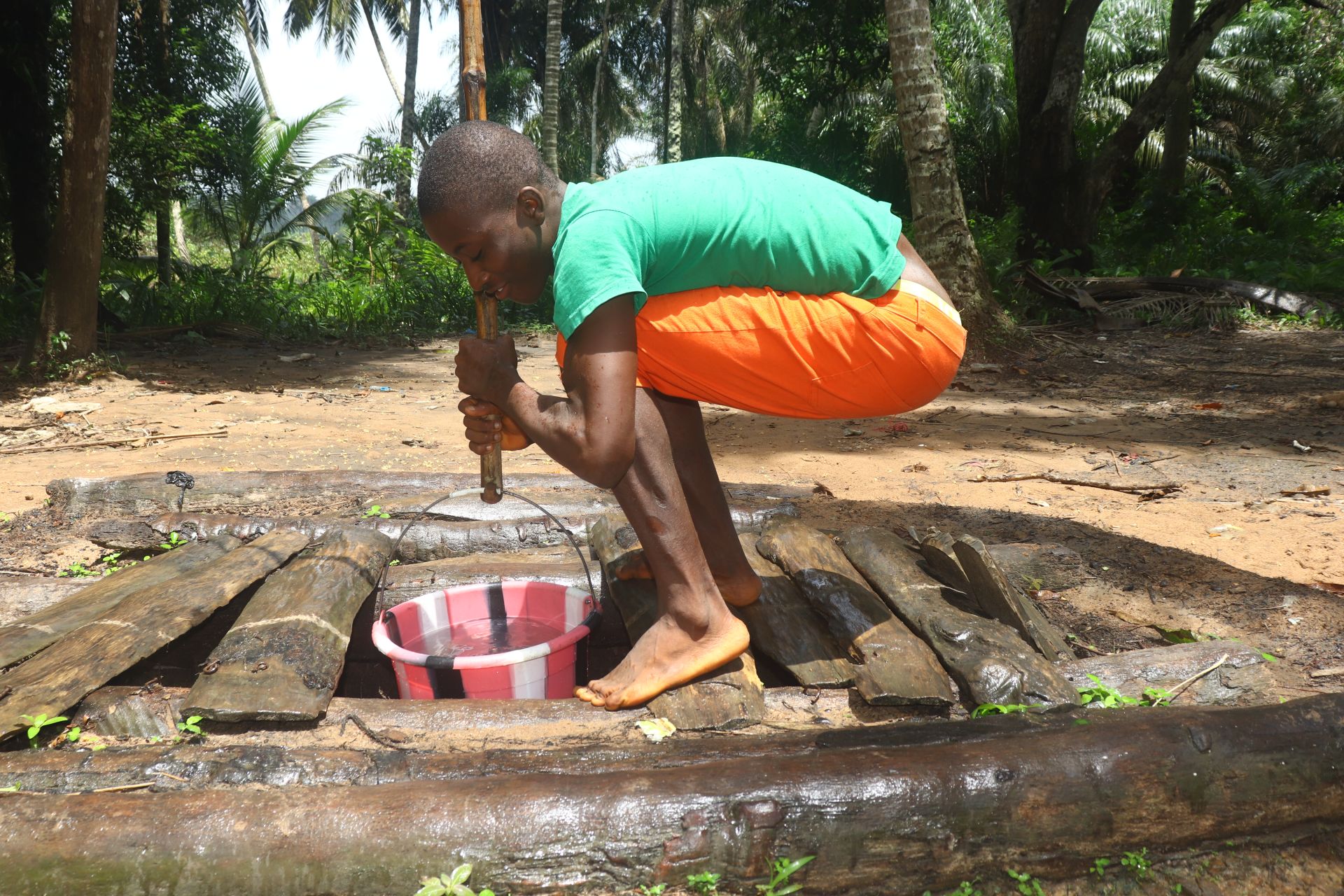
Alhassan hauls water up from the unprotected well.
When asked how this affects his education, he was clear: “The water problems in my community impact my time at school. I spend hours fetching water each day, and this will prevent me [from] going to school on time. I do not have enough time to study as well to do my homework.”
The current reality weighs on him emotionally, too. “I feel bad when my parents send me to fetch water. It is a long walk to reach the water well. The way of fetching water to this well requires energy and time to fill rubber buckets. I am always afraid to fetch water from the well due to its present situation. I would be very happy if we had [a] well in the community that is producing enough water.”
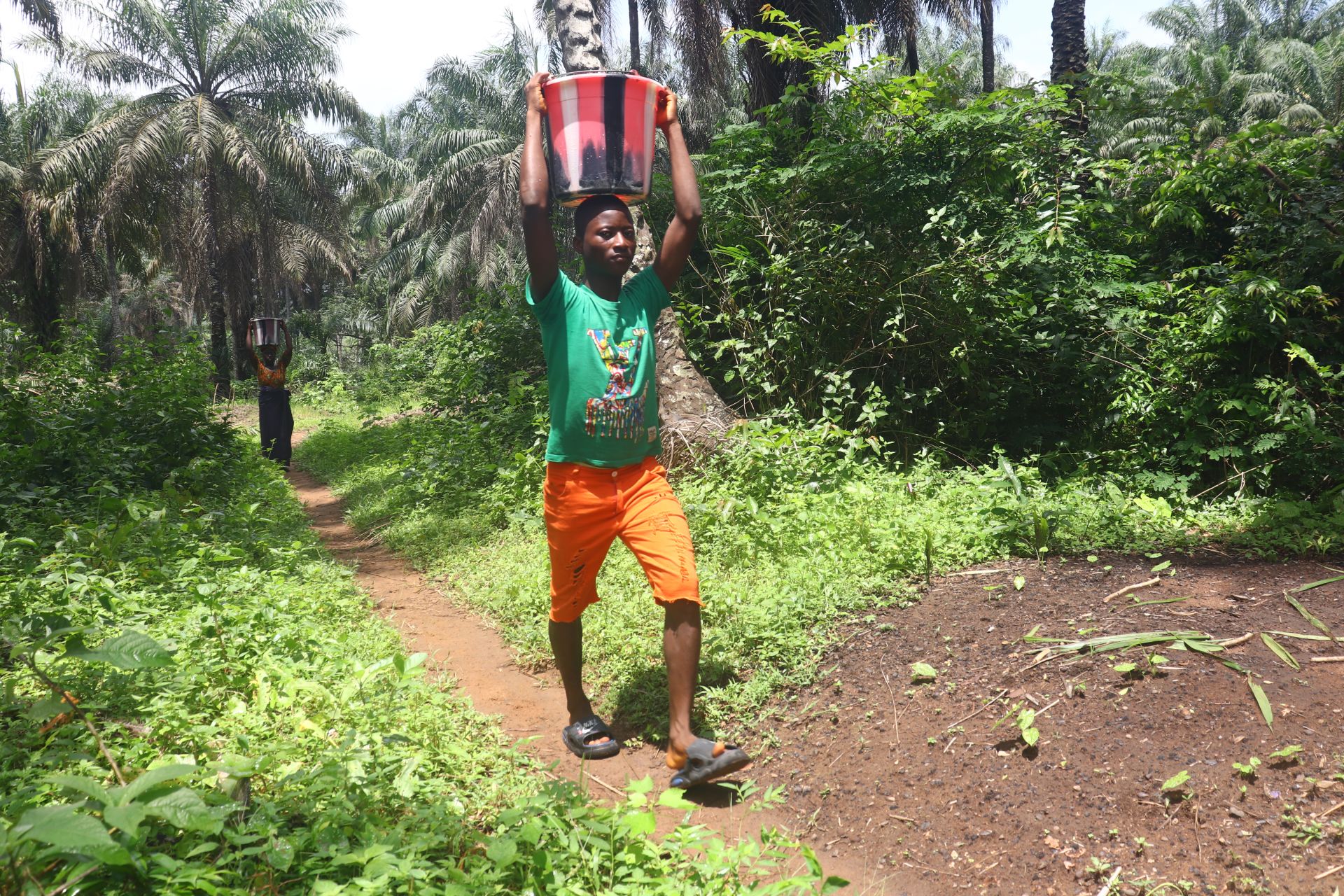
Alhassan carries his heavy bucket home.
The situation in Malap is not only inconvenient—it is dangerous. Children and women who walk long distances barefoot risk snake bites and injuries from tree stumps along the road. The well itself is unstable; users balance on sticks and planks to fetch water, often risking falls and foot injuries. The water, which is open to runoff and debris, is unsafe for drinking, thereby increasing the community’s exposure to waterborne diseases.
The borehole’s failure also underscores the growing impact of climate change on shallow wells and groundwater levels. As dry seasons become longer and hotter, traditional sources that once sustained communities are now drying up earlier each year.
We are returning to Malap Community with renewed commitment to ensure that the solution truly meets the community’s needs. A deeper, more reliable borehole will not only restore access to clean, safe water but also restore time, opportunity, and dignity to families and children like Alhassan.
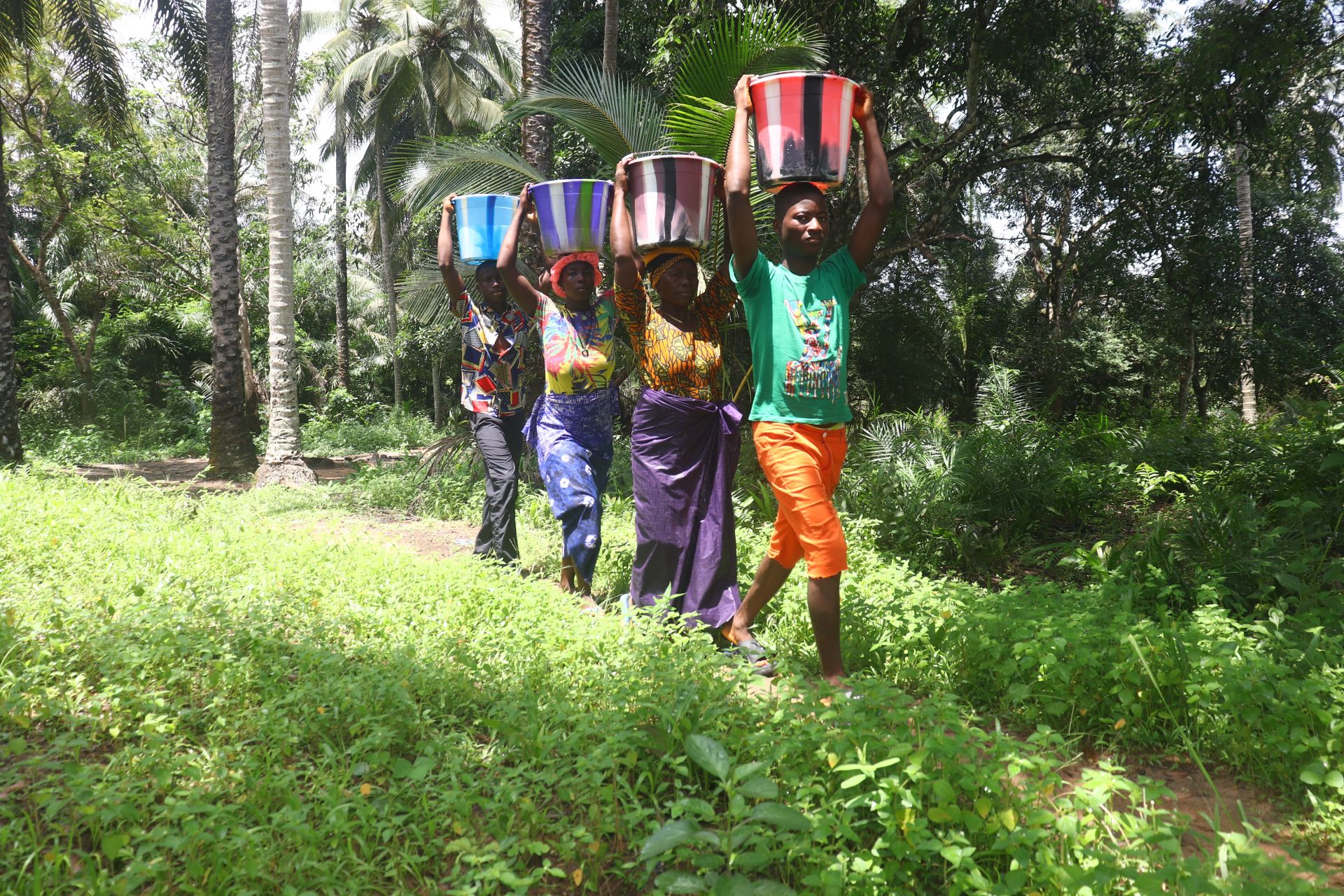
Alhassan leads the way home.
For Alhassan, that would mean more time in class and a real chance to pursue his dream of becoming a police officer. And for the entire community, it would mean the end of daily fear and exhaustion that comes from chasing water that should be freely flowing nearby.
Clean water will not just transform Malap—it will return to it the very thing that water has always promised: life.
Steps Toward a Solution
Returning to a community where we previously implemented a water project is not just a matter of maintenance; it stays true to our commitment to sustainability. Our technical experts collaborated with the local community to identify their current needs and decided to drill a new borehole, ensuring the well will be sufficiently deep to provide a lasting water supply throughout the year.
Reinvestment
While the original project provided critical access to safe water, factors such as changing environmental conditions, population growth, and infrastructure wear have put that access at risk. Reinvesting now ensures that progress is not lost and that the community continues to thrive with reliable, clean water. We are committed to supporting lasting, reliable solutions that honor the trust placed in us by the people who depend on this essential resource every day.
Once this plan is implemented, the community will once again have access to safe drinking water in quality and quantity.
Community Education & Ownership
Hygiene and sanitation training are integral to our water projects. Since it has been several years since this community last engaged with training, we will hold a refresher training tailored to the community's specific needs. Safe water and improved hygiene habits foster a healthier future for everyone in the community.
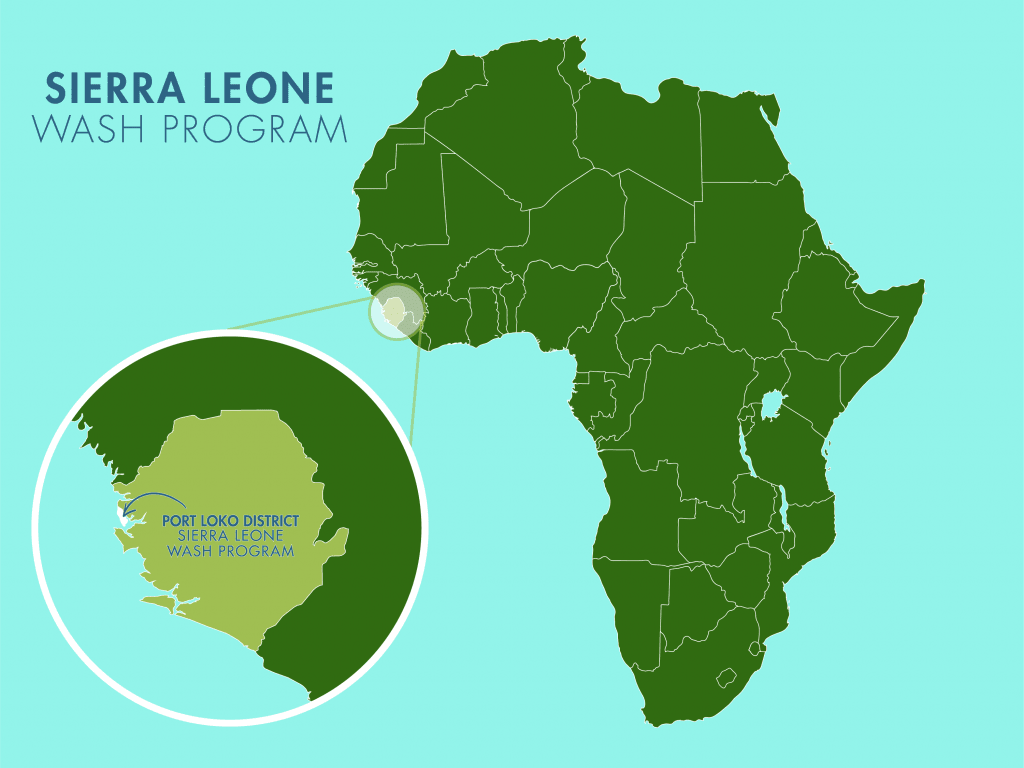
 Borehole Well and Hand Pump
Borehole Well and Hand Pump
 Rehabilitation Project
Rehabilitation Project








